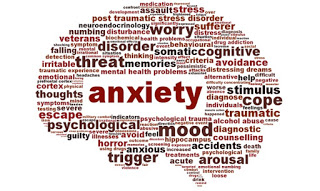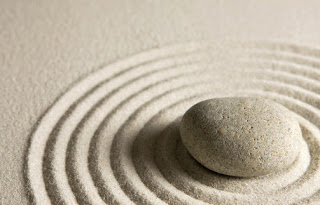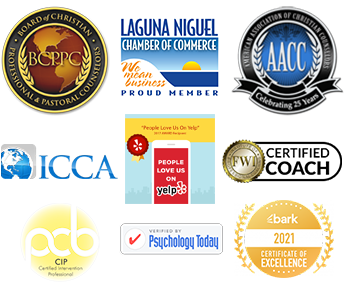By Randy Moraitis, MA, CIP, BCPC
It’s so hard to be your best when you’re stressed! Hard to focus, hard to see the big picture, and really hard to be productive. Productivity isn’t just about time management and work–it’s also about having fun, time with family and time to pursue your dreams.
Here are 5 Easy Tips To Be Happier and More Productive that I often share with my clients.
1. The “Top 3 Priorities” Rule: Throw out to-do lists that are miles long! They will just create anxiety and leave you feeling like a failure when you fail to cross everything off the list. Instead, make a list everyday of your Top 3 Priorities–the 3 most important things for you to accomplish that day. The 3 things that move you closer to your work or life goals. Then make sure you do those three things!
Side note–it’s also wise to have a list of your Top 3 Priorities for life in general!
2. Be 10 Minutes Early for All Meetings: Make it a habit to plan on arriving 10 minutes early for all of your meetings or appointments. If you encounter a delay, you will still be on time. If you arrive early use the extra time wisely–pray, meditate, send a note to a friend or loved one, or even write your Top 3 Priorities for the next day!
3. Delegate: One of my favorite sayings is “Only do what only you can do!“. Find one task at home or work that you can delegate to someone else. You don’t have to do everything yourself! Sometimes when we fail to delegate, we rob others of the opportunity to serve, grow or learn.
4. Take a 5 Minute Fun Break When Feeling Stressed: If you find yourself on the verge of getting stressed out, then take 5 minutes to do something fun like play with your pet, watch a funny video on Youtube (only 5 minutes! Be careful–Youtube is where time goes to die!), go for a walk, or do some deep breathing. The point is that your mind-shift will get you back on track and give you a productivity boost.
5. Manage Your Transitions: When you have short gaps of time between meetings and tasks avoid distractions that have no payoff. Instead of wasting time on social media, keep a list of 15 minute or less “filler tasks” (like online banking, returning emails, etc.) and get something done instead!
Challenge: pick one of the above and implement it tomorrow!
You do not have to do all 5 tips right away, but doing at least some of the tips will lead to increased happiness and productivity. You may also find that it’s easier for you to leave your work at work and enjoy more of your home life!
I would love to hear your thoughts on this topic! Email me at randy@randymoraitis.com to share your thoughts or for info on counseling or coaching. Find me on the web at www.randymoraitis.com and www.carepossible.org.
About Randy Moraitis
Randy is married to Kim and they live in Laguna Niguel. Together they have a blended family of five adult children and three beautiful grandchildren. (If you don’t believe Randy he will gladly show you pictures!)
Randy is a Certified Intervention Professional (CIP) and expert in helping families affected by addiction and/or mental health issues. He is a Board Certified Pastoral Counselor and is both licensed and ordained as a pastoral counselor. He has five professional coaching certifications and loves working with clients on executive coaching, life coaching, wellness coaching and recovery coaching. Randy has a master’s degree with emphasis in theology and counseling, a bachelors degree in management and leadership, and a certificate in health and fitness with emphasis in exercise physiology and sports psychology from UC Irvine. He has been helping groups, individuals and families get mentally, physically and spiritually healthy in Orange County for over 25 years.











